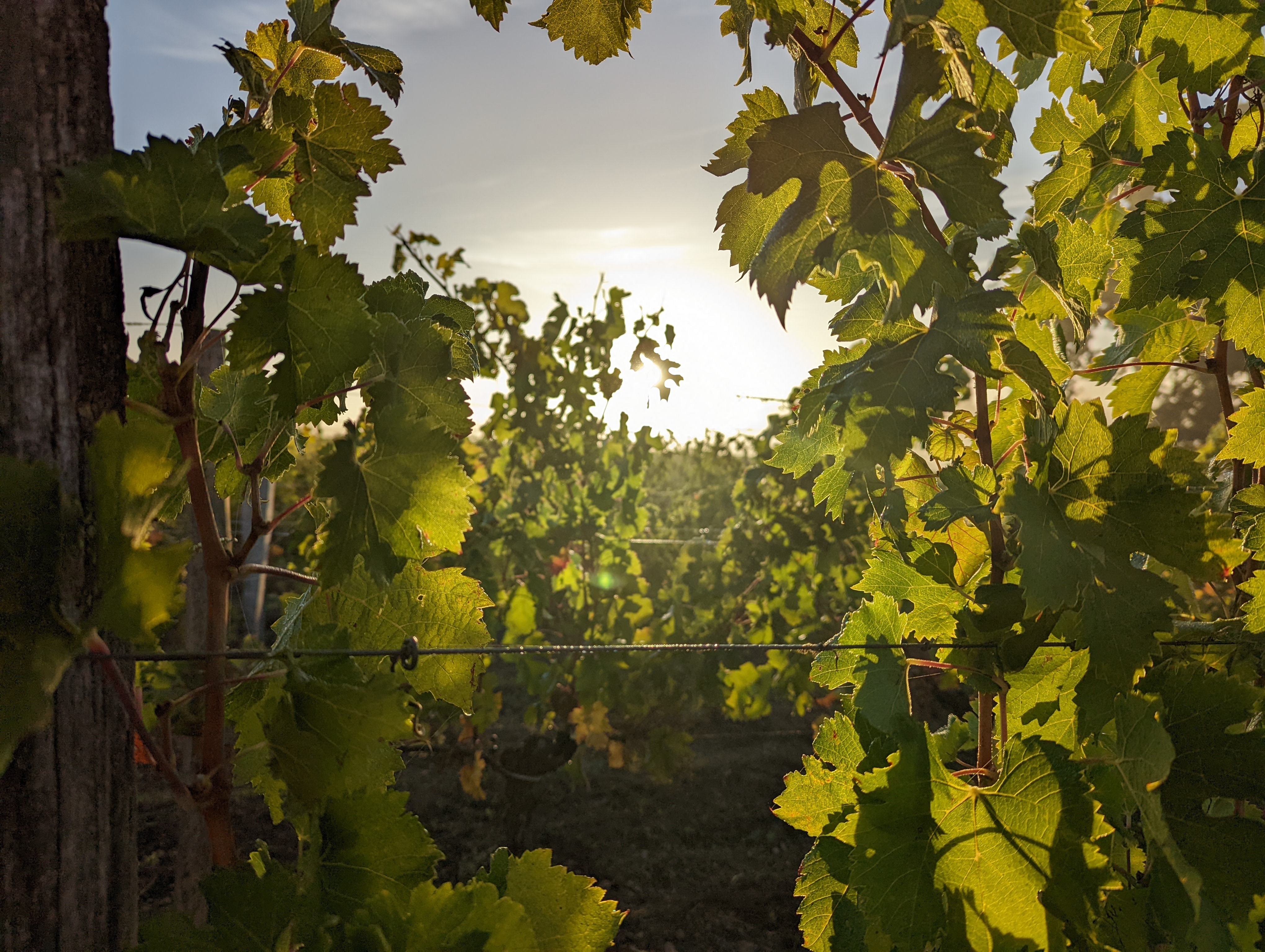Our best cheese and wine pairings
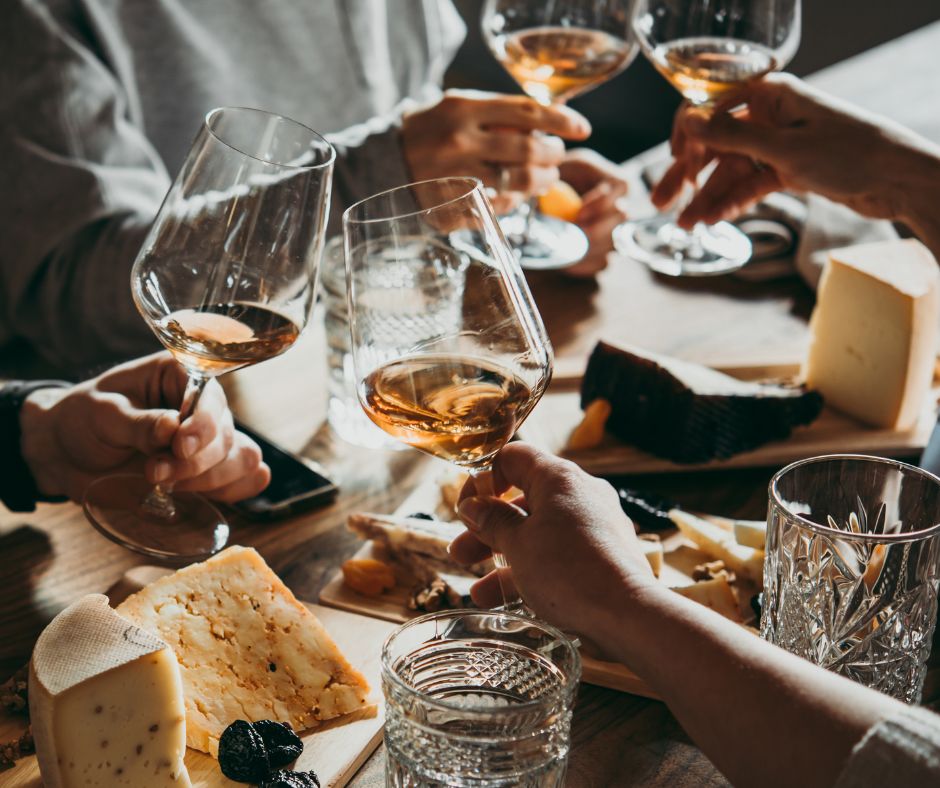
©Canva
In France, cheese is one of the pillars of gastronomy. Some would even say it's an institution, as it regularly features in recipes and in the composition of menus, whether for lunch or dinner. Cheese and wine aficionados even devote special 'wine and cheese' meals to it, centred around the taste experience and the harmony sought in the pairing. Like the dishes, the cheeses will reveal their full gustatory and aromatic potential when accompanied by the type of wine that will balance the tasting experience. It's all about balance: the cheese should not mask the wine, and the wine should not overshadow the cheese. There's a wine for every cheese... but you still need to know which one. To choose a wine, it's important to know your cheeses, their taste, texture, acidity and maturation.
We suggest you try our suggestions for pairing cheese and wine, which will put an end to the myth that cheese can only be enjoyed with red wine.
Strong blue or blue-veined cheeses

Strong, mature "blue" cheeses such as Fourme d'Ambert, Bleu d'Auvergne and Roquefort, a cheese with a protected designation of origin, owe their blue colour to the internal mould produced by a microscopic fungus called pennicilium roqueforti. This mould gives them their distinctive taste. The fungus thrives on moisture and the effect of salt. To balance and contrast with the pronounced salty flavour of the blue cheese, you should choose a sweeter (but not sweet) white wine to accompany it, such as a Montbazillac, Sauternes, Pineau des Charentes or Riesling Late harvest.
Fruity Comté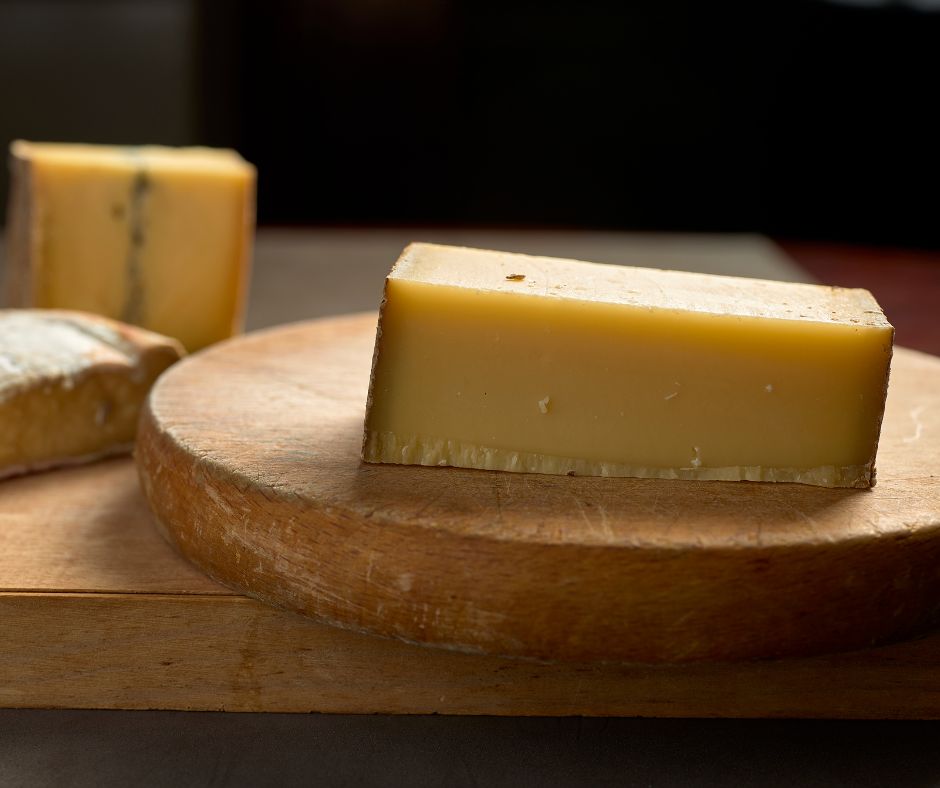
Produced in the Jura mountains, Comté is a pressed cooked cheese matured for a minimum of 4 months and up to 24 months. Like Tomme de Savoie, Parmesan, Gruyère or Gouda, it has an intense flavour and pairs perfectly with full-bodied red wines such as Cabernet Sauvignon or Syrah. Another suggestion: a yellow wine from the Jura whose buttery, nutty notes will enhance the Comté's fruity aromatic palette.
Sheep cheese
Sheep cheese is a soft cheese from the Nouvelle-Aquitaine region, particularly the Lot et Garonne. It has a bloomy rind and goes very well with the wines of the region. We recommend a dry white wine from the Bordeaux vineyards, such as a good white Pessac-Léognan, a dry Jurançon or a white Gaillac. You may also prefer to accompany it with a full-bodied, tannic red wine such as a Malbec or a Cabernet Sauvignon.
Soft cheese
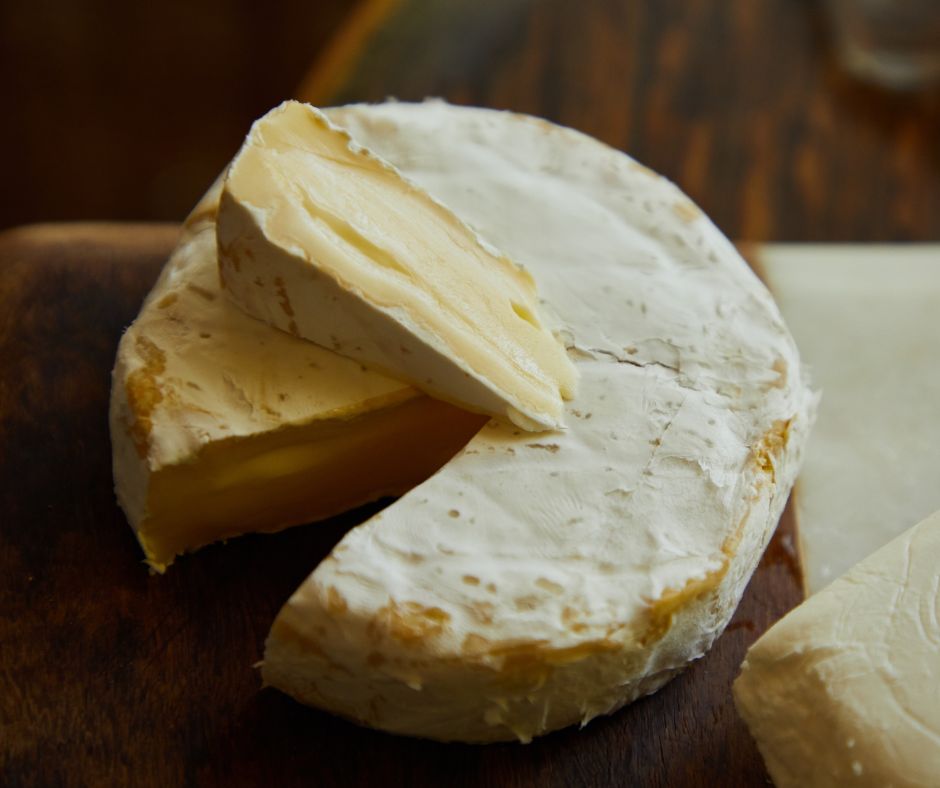
Soft cheeses such as Brie, Reblochon, Munster and Camembert are smooth and runny. These cheeses go perfectly with a light, fruity red wine such as a Languedoc or Pinot Noir. We suggest you include our La Rose Perrière Pinot Noir in your tasting.
Goat cheese
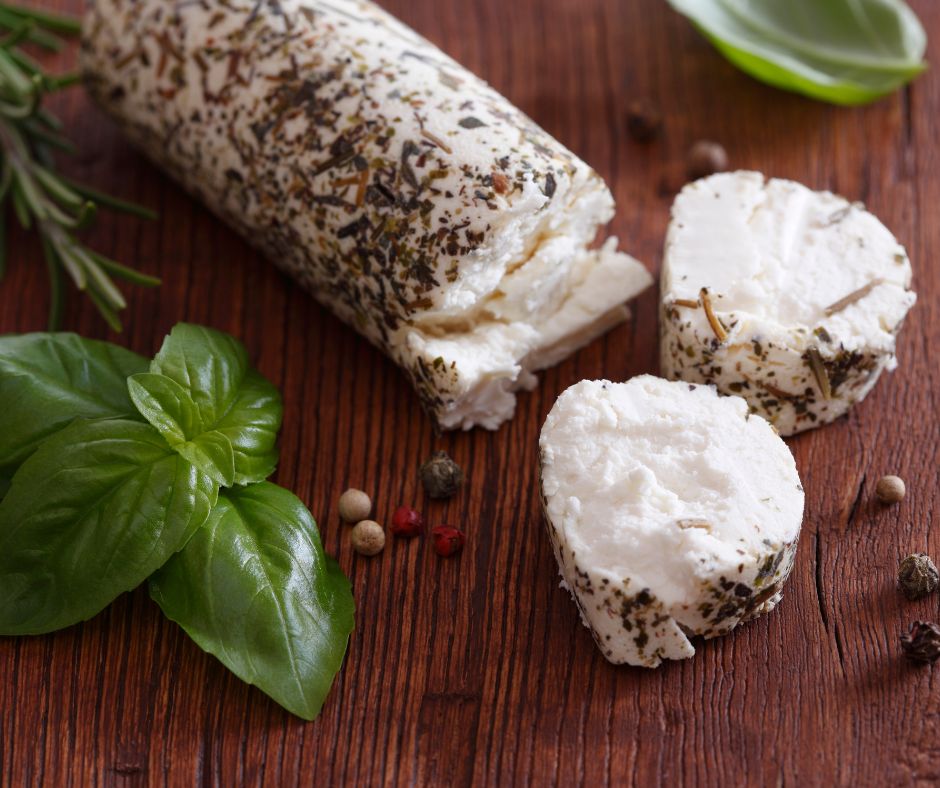
When it comes to choosing a goat's cheese, you're spoilt for choice in terms of shape, taste, preparation method, colour, and probably a bit of all of the above. Goat's cheese can be fresh, creamy or dry, making it a cheese family in itself.
Fresh goat's cheese is characterised by its mild taste, its lack of maturing and its high water content. To contrast with its sweetness, we recommend opting for a lively, fruity white wine such as a Loire wine or a dry, fresh white wine such as a Sancerre or Sauvignon Blanc. For example, pair this cheese with our Château La Rose Perrière white 2023, our very first organic vintage.
Finally, with a mature goat's cheese such as Crottin de Chavignol, a dry, mineral white wine such as Pouilly-Fumé or Chablis is a perfect match.
In brief
The key to a successful cheese and wine pairing lies essentially in the search for a taste harmony based on a subtle balance. However, this harmony is highly personal and therefore subjective. Our advice: simply be creative and dare to try out pairings with wines from different grape varieties and terroirs. In this way, you'll gradually refine your preference. Remember that white wine is the guest star of the main cheese and wine pairings.
As with all tastings, enjoyment must be the key word and will bring people together. Wines enjoyed with a cheese platter and in good company will invite conviviality around the table. And to take the shared tasting experience even further, why not enhance the tasting with a variety of breads (walnut, rye, cereal, etc.)? As for the more daring among you, think of cider with a Tome de Segala, for example, and Champagne, especially with certain soft cheeses with a bloomy rind such as Camembert or Brie. Play on the contrasts between two essentials of French gastronomy, the combination of which will seem unusual at first glance and will positively surprise your guests...we guarantee it!
